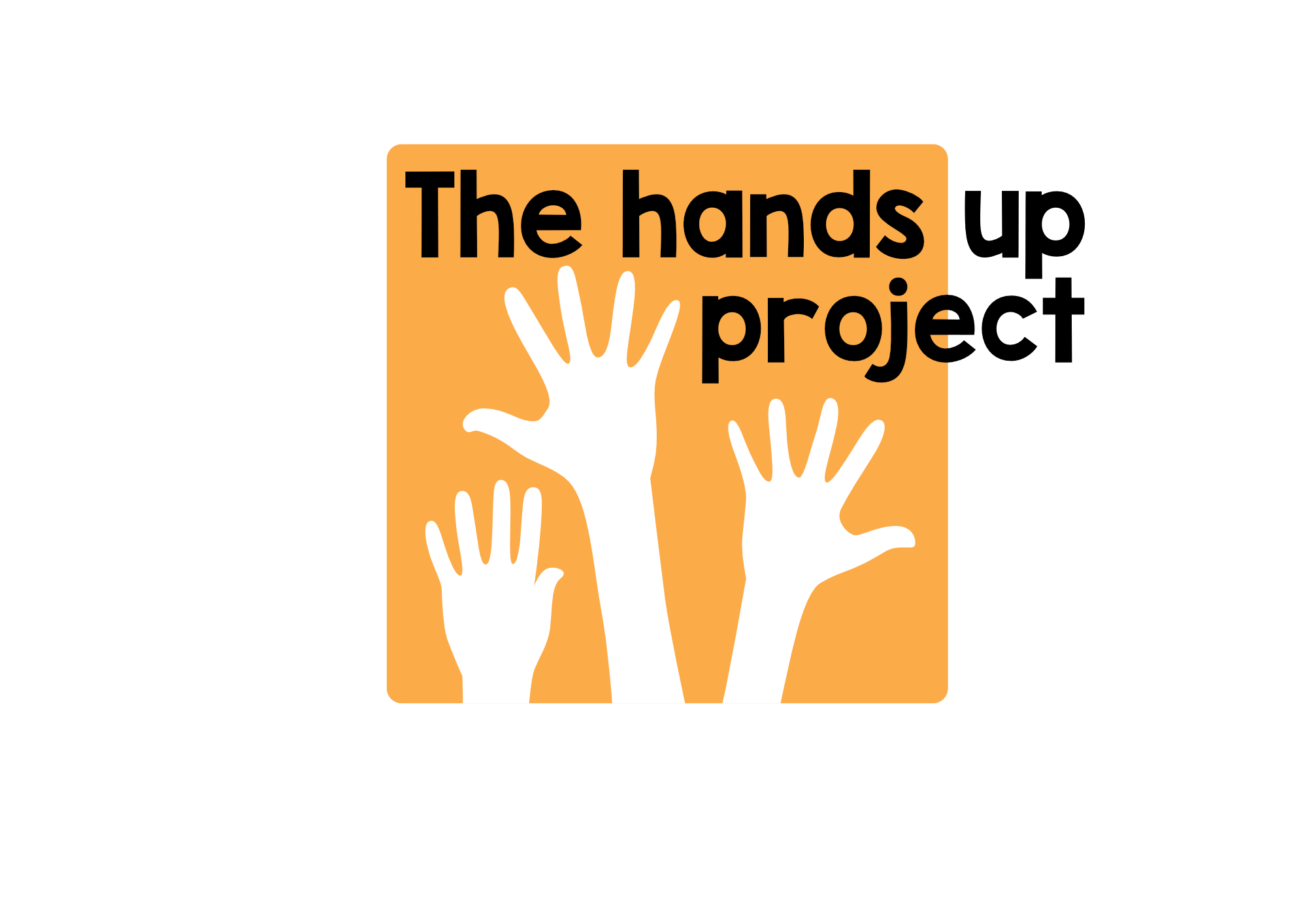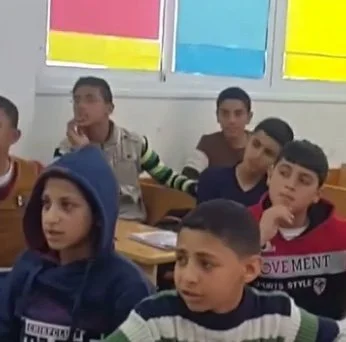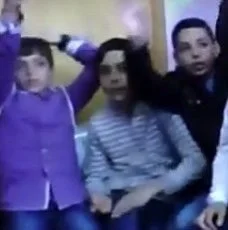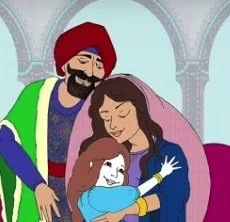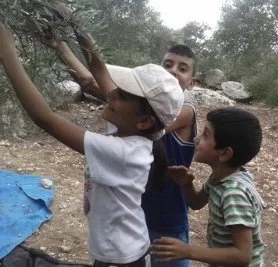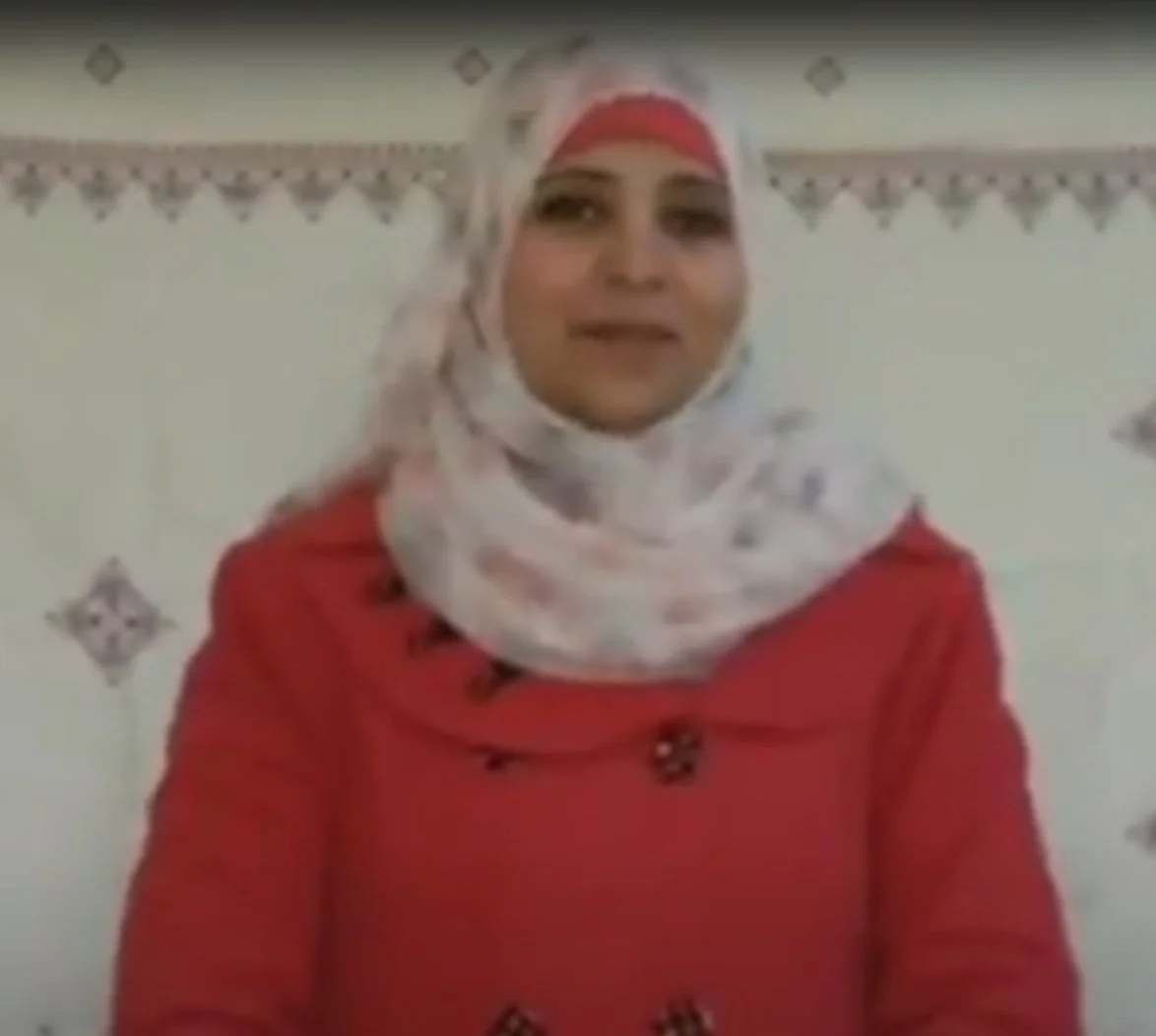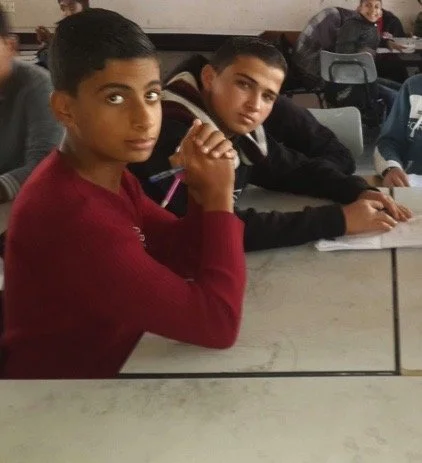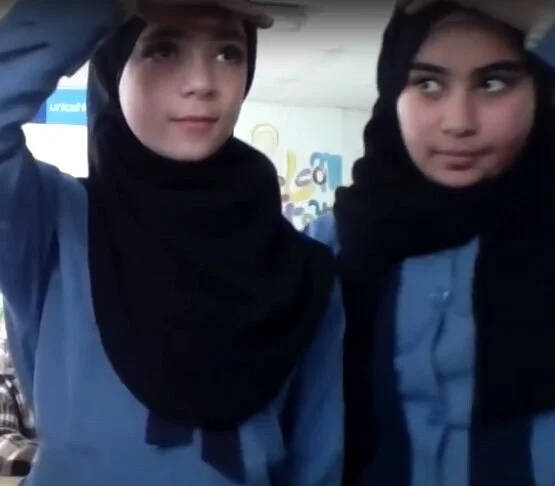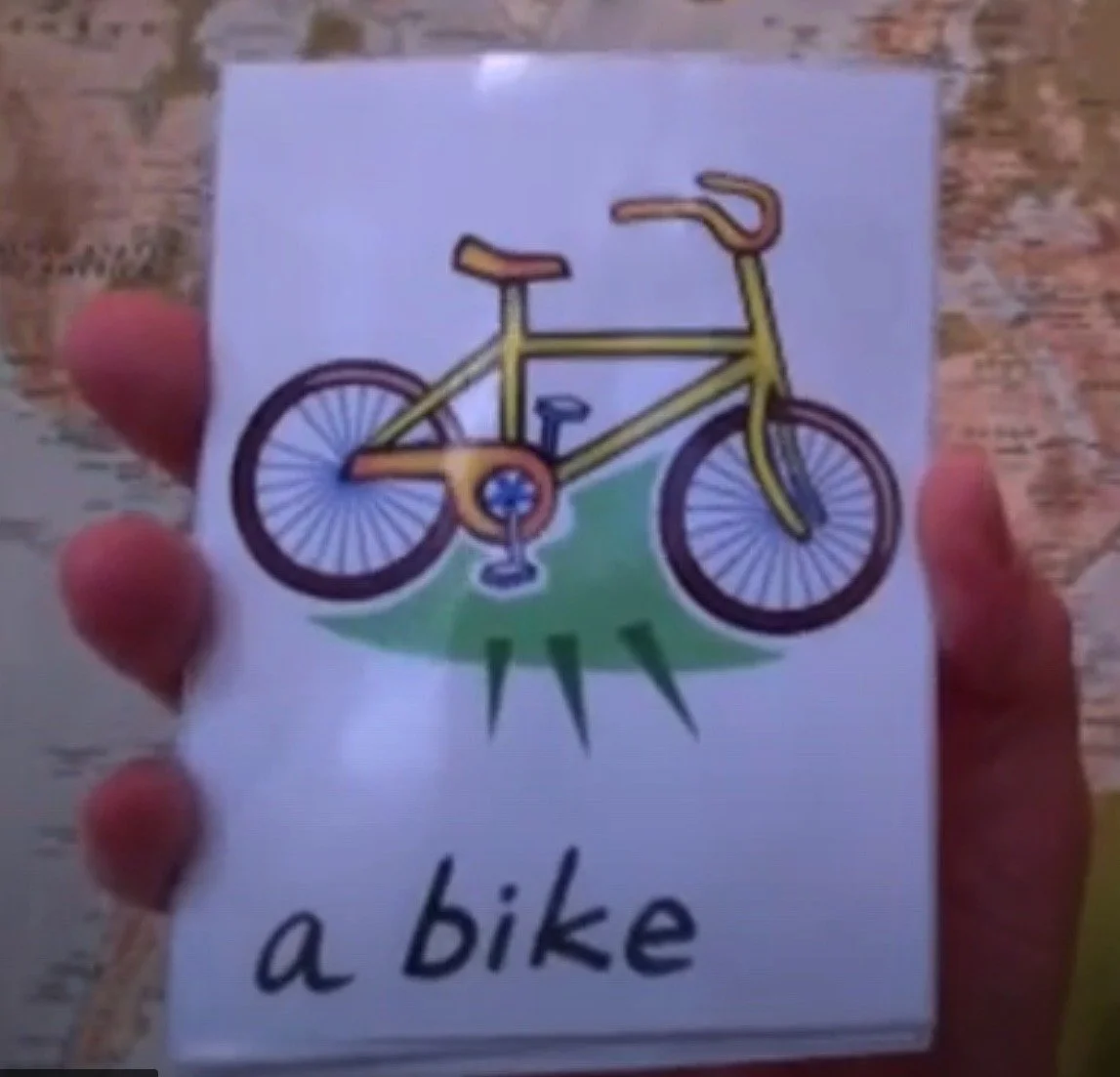Endings are tricky for me. When I get to the end of telling a story, I can feel quite uncomfortable, and I'm never really sure whether to just pause, or to say something like 'And that's the end of the story' or 'And they all lived happily ever after'.When we're using stories for language teaching (or indeed for any other purpose) that could be all that is necessary of course; we could just leave the story to do its work on its own.
Read MoreUsually when I write this weekly blog post I share it first with the various Palestinian teacher and teacher trainer groups that I belong to on Facebook, before sharing it elsewhere. I do this because it is this kind of audience that this blog is intended for. I want this to be a space where teachers who work in contexts like these can get new ideas, where they can download resources, and where they can discuss and share ideas about what happens in their own classes.
Read MoreTwo weeks ago I wrote a post called 'The Game of Jewels' about the strength of activities like Kim's Game, which emphasise the importance of noticing and retrieval. I said that most of my favourite things to do in class are really just adaptations of Kim's Game so, as promised, here's a version which uses the same principles, but which is more suited to teenage learners.
Read MoreSometimes when we think of drama we think of Shakespeare, or we think of complex archaic language, or we think of struggling to feel the motivation for a particular line, or if, like me, you went to primary school in Britain in the 1970's, you may think of standing for what seemed like hours and being a tree!But drama as a tool for teaching English as a foreign language to young learners can be a much more straightforward and down-to-earth matter.
Read MoreI love doing activities in class where children feel enthusiastic about contributing. The kind of thing where they've all got their hands up, shouting out 'Ana..Ana.. Ana!' (Me ...me...me). One such activity is 'The game of jewels' as it was referred to in Kipling's novel, or 'Kim's Game' as it has come to be known in the field of ELT.
Read MoreAs human beings we are programmed to make sense of the world around us through stories. In some format or other, telling or listening to stories is a principle part of the way we interact with others on a daily basis. Because of this, in homes and more formal educational settings alike, stories have been used to teach things to children since the beginnings of human speech, and all of the major religions of the world have used stories and storytelling as a way to put complex ideas into a format which is simple, accessible and inherently memorable.
Read MoreWith rather limited success, I've been trying to learn Levantine Arabic, and over the past year I've probably had about ten one-to-one classes with a Jordanian friend who lives here in Totnes. Saif is an excellent teacher. One thing I particularly like is that he allows me as the learner to control the content of what we talk about in the classes, whilst he supplies me with the language I need to express the things I want to say.
Read MoreOne thing about chanting is that is encourages use of connected speech: it challenges learners to speak in chunks, rather than in isolated words. This is a central idea of the Lexical Approach. When chanting words flow into each other, and pauses occur naturally between chunks of language, rather than after each word (as often occurs in the speech of beginners).
Read MoreI've just come back from a very fulfilling week in Occupied Palestine, running a course called, Teaching English through Stories with a group of teachers from Gaza, Hebron and Ramallah. We worked with big story books for young learners which are part of the British Council's Kids Read programme, and also with the Stories Alive material for slightly older learners.Throughout the course the participants planned and delivered a range of micro-teaching sessions which incorporated stories into their curriculum. They did this in ways that were engaging, creative and, above all, fun.
Read MoreLast week I was looking at how talking with children about the pictures they've drawn can be a useful thing to do in a classroom. This week I want to explore a slightly more structured activity which works with this idea.The picture dictation has become a classic language teaching activity. I can't remember where I first heard about but I've been using it ever since I first started teaching more than 25 years ago.
Read MoreIn the course of my career, I've been lucky enough to observe a vast number of language teachers in many different contexts, and many of the things that I do as a teacher, or teacher trainer, are things that I learnt whilst watching other teachers at work. This week I want to explore a very simple but effective activity for working with young learners, which I first saw when observing Maha Sharba’s class at the Arabic club for kids in London.
Read MoreI've just come back from a very fulfilling week in Occupied Palestine, running a course called, Teaching English through Stories with a group of teachers from Gaza, Hebron and Ramallah.
Read MoreKamishibai, literally ‘paper theatre’, is a form of storytelling that originated in Ancient Japan. It became very popular in the twentieth century when the Kamishibai man would travel around on his bicycle with a set of brightly coloured images to go with each of his stories. As he told the story to groups of eager children, he would show the pictures that went with it, one by one.
Read MoreHere’s a vocabulary game that I did with the kids in Jabalia a couple of weeks ago. I chose six different lexical sets that they would find in their coursebook (food and drink, things you’d find in a living room, clothes, fruit and vegetables, animals and things you’d find in a classroom) and wrote down five words for each set on separate slips of paper. The girls’ team and the boys’ team took it in turns to send one person up to the front. This person chose one of the lexical sets and then had a minute to try to guess the five words that I’d written down.
Read MoreThis week I started working with a new group of children in the Azraq camp for Syrian refugees in Jordan. It’s taken a while to set this up and I was really pleased to be finally going ahead because it seems that Azraq so far hasn’t had the publicity or the resources that the Zaatari camp has been given.
Read MoreHere’s a simple activity that we did with a group of kids from the Jabalia refugee camp in Gaza. They were divided into a girls’ team and a boys’ team. I showed each team a series of 10 flashcards and asked one person at the front to try to remember as many of the words as possible.
Read More